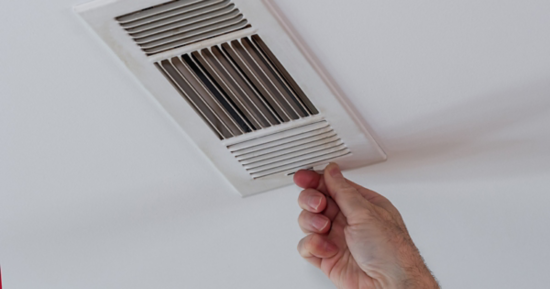Ventilation System Installation Experts
Indoor Air is Two to Five Times More Polluted Than Outdoors
What is a Home Ventilation System?
Before central air conditioning systems, it was common for people to open their windows to circulate air through their homes when the weather was mild.
Opened windows naturally ventilate the air inside the house, replacing stale, stuffy indoor air with fresh outdoor air. The drawback, however, is that open windows also allow pollen, dust, moisture, and other pollutants into the home.

Breathe the best air, ever.
Types of Home Ventilation Systems
There are three types of mechanical whole-home ventilation systems that help supply fresh air to airtight homes:
Like spot ventilation, exhaust-only ventilation works by placing exhaust fans in different areas of the house for the sole purpose of pulling stale air from the room (typically found in bathrooms, laundry rooms, and kitchens).
The opposite of exhaust-only ventilation, supply-only ventilation draws fresh outdoor air into your home.
Balanced systems are ideal because they work with a combination of exhaust and supply. Balanced home ventilation circulates the air in your home, constantly refreshing and exhausting. Balanced systems help regulate air temperature and work well with an existing HVAC system.
Improve your home's air quality today.

Providing home comfort solutions for over 19 years.
As a Diamond Certified company with an A+ rating with the Better Business Bureau, we guarantee you’ll be in good hands with our technicians. We’ll fix it right the first time…or it’s FREE. That’s the Service Champions Promise.
Reliable furnace repairs by trusted technicians.
Certified to be the best






